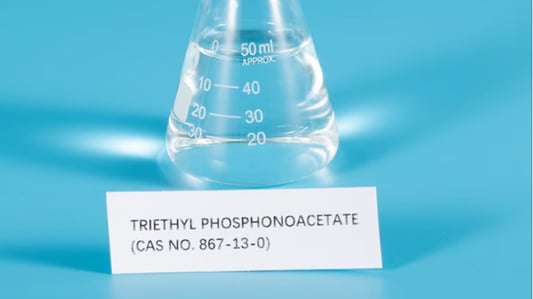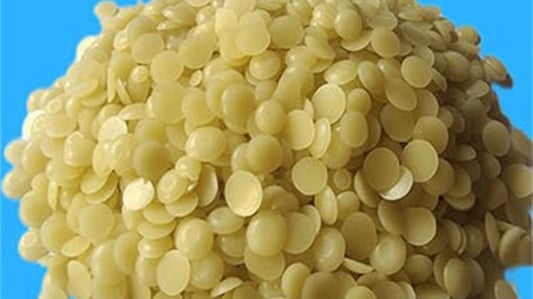Introduction: What is the aldrich catalog handbook of fine chemicals?The Aldrich Catalog Handbook of Fine Chemicals is an indispensable resource for researchers and scientists in both academia and industry who are looking for high-quality chemicals and reagents. The catalog, which is published annually by Sigma-Aldrich, offers a comprehensive selection of over 30,000 fine chemicals and other specialty products. In this article, we will provide an overview of the Aldrich Catalog Handbook of Fine Chemicals and why it is such an important tool for chemists.History of the Aldrich Catalog Handbook of Fine ChemicalsSigma-Aldrich, which was founded in 1951, has a long history of providing high-quality chemicals and reagents to scientists around the world. The company's Aldrich Catalog Handbook of Fine Chemicals was first published in 1963, and it quickly became a go-to resource for chemists. Today, the catalog continues to evolve and grow, with new products added each year to meet the needs of the scientific community.Features of the Aldrich Catalog Handbook of Fine ChemicalsThe Aldrich Catalog Handbook of Fine Chemicals is much more than just a list of chemicals. The catalog includes detailed information about each product, including its chemical structure, properties, and recommended applications. It also provides safety and handling information, as well as references to relevant literature. Other features of the catalog include a comprehensive index and a search engine that allows users to quickly find the products they need.Benefits of Using the Aldrich Catalog Handbook of Fine ChemicalsOne of the biggest benefits of using the Aldrich Catalog Handbook of Fine Chemicals is the peace of mind that comes with knowing that you are working with high-quality, reliable products. Sigma-Aldrich is committed to ensuring that all of its products meet the highest standards of purity, consistency, and performance. Additionally, the catalog's extensive collection of products means that researchers can find the chemicals they need quickly and easily, without the need to search multiple vendors.Who Uses the Aldrich Catalog Handbook of Fine Chemicals?The Aldrich Catalog Handbook of Fine Chemicals is used by a wide range of professionals in the scientific community, including chemists, biochemists, biologists, and materials scientists. The catalog is also a valuable resource for educators who are looking to teach their students about chemical synthesis and analysis.Examples of Products in the Aldrich Catalog Handbook of Fine ChemicalsThe Aldrich Catalog Handbook of Fine Chemicals includes a vast array of chemicals and reagents, ranging from simple solvents and acids to complex organic compounds and catalysts. Some examples of products that can be found in the catalog include:Organic acids and basesSolvents and reagentsCatalysts and ligandsBiochemicals and enzymesMaterials and polymersHow to Access the Aldrich Catalog Handbook of Fine ChemicalsThe Aldrich Catalog Handbook of Fine Chemicals is available in both print and digital formats. The print version can be ordered directly from Sigma-Aldrich, and it is also available at many scientific supply companies and bookstores. The digital version can be accessed through Sigma-Aldrich's website, and it includes powerful search tools and other features that make it even more convenient to use.Future of the Aldrich Catalog Handbook of Fine ChemicalsThe Aldrich Catalog Handbook of Fine Chemicals has been a mainstay of the scientific community for nearly six decades, and it shows no signs of slowing down. As new technologies and research areas emerge, Sigma-Aldrich will continue to add new products to the catalog in order to meet the evolving needs of researchers and scientists around the world.Conclusion: Why the Aldrich Catalog Handbook of Fine Chemicals is a Must-Have ResourceThe Aldrich Catalog Handbook of Fine Chemicals is an indispensable resource for anyone working in the fields of chemistry, biochemistry, and materials science. Its comprehensive selection of high-quality chemicals and other specialty products, along with its user-friendly features and excellent safety and handling information, make it a must-have reference tool for researchers and scientists around the world.










